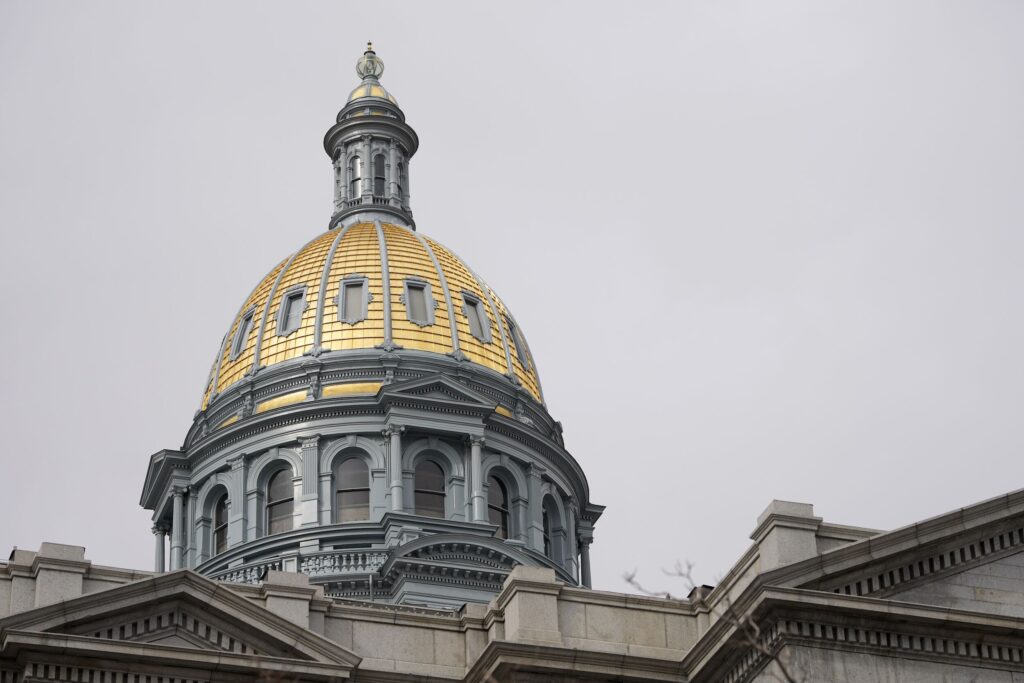PODIUM | A very special Christmas present


It must have been miserable and disheartening to be an Allied prisoner at Colditz Castle in December 1944, when Europe was having one of the coldest winters in its history. While D-Day had happened earlier in the year, no one could foresee how much longer the war would last, nor what the future might hold for Allied prisoners of war as the conflict wound down. The cold weather, poor conditions at the prison, and distance from loved ones, in some cases for several years, made for a dismal holiday season.
Colditz Castle is an imposing 11th Century structure located near the town of Leipzig in Germany. In World War II, the Nazis used the castle as a prisoner of war camp. Because Colditz sits upon a steep hill above the Mulde River, with very rocky terrain around it, the Germans believed that escape from the castle was almost impossible. Thus, they turned it into the Nazi version of Super Max, where they held some of the most difficult and incorrigible war prisoners, including many who had successfully escaped other prison camps.
The one respite for POWs at this time of year were the Red Cross packages that they would all receive for Christmas. These packages, permitted under the Geneva Convention, were prized by prisoners, not only because they provided critical provisions that nourished the body and spirit, but also because they served as a brief reminder of home and better times.
The packages included tins of cheese and meat, along with biscuits, coffee, sugar, chocolates and other food items. The parcels also contained articles of clothing, such as socks and underwear, as well personal hygiene products like soap and toothpaste and even some medical supplies. In addition, the Red Cross included items to help relieve the tedium of prison life, such as books, cigarettes, and games.
The Red Cross Christmas package that was provided to British and American prisoners at Colditz Castle (and certain other prison camps) in 1944 contained one very special item that went unnoticed by the prison guards – an unassuming deck of playing cards. It was not unusual for these parcels to include such decks, which took up little space and were one of the few forms of entertainment for POWs. That year, the card deck may have been the most important item in the package, because it offered the most precious gift of all – the potential for freedom.
This special deck of playing cards, which has come to be known as the “Map Deck,” was designed by US and British intelligence agencies in conjunction with the United States Playing Card Company. Although the Map Deck shared the outward appearance of any other card set, it had a very special wrinkle. When the cards were soaked in water, one could peel back the card face to reveal part of a map of Germany. Each card contained a different map piece that, when fit together like a jigsaw puzzle, created an overarching map of the region surrounding the prison camp. The cards also provided valuable information related to escape routes, directions, and other information that could assist POWs reach Allied lines or a neutral country.
The creators of the Map Deck were ingenious in their use of the different playing cards. Hidden behind 48 of the playing cards were different tiles of the map. The four Aces in the deck were like map insets that provided information about rivers, roads, and other landmarks. The Jokers in the deck served as a map key in directing prisoners how to piece the various tiles together to make the complete map.
The idea for the Map Deck originated with Allied intelligence agencies after speaking to prior escapees of German prison camps. They learned that the challenge for POWs was not only breaking out of a prison camp, but then finding their way back to Allied lines. Based on this knowledge, the concept came forward of somehow smuggling maps of surrounding areas into the prison camps to help those who may choose to escape. The Map Deck is estimated to have aided over 300 prisoners in their efforts to escape from Colditz Castle, with 32 of them safely reaching Allied lines. It’s unlikely that many of those, who did safely reach Allied lines, could have done so without the Map Deck.
Few know of the Map Deck, in part because it was a long held and closely guarded secret among American and British intelligence authorities, only coming to light in the 1970s. To this day, no one even knows how many of the decks were produced. In part, the Map Deck was kept quiet because it was considered a source of embarrassment for some because the insertion of an intelligence product in the Red Cross packages constituted a clear violation of the Geneva Convention.
However, for those 32 prisoners who escaped from Colditz Castle and reached safety, the Map Deck was their lifeline to freedom, and probably the most special Christmas present that they would ever receive.
Greg Fulton is the president of the Colorado Motor Carriers Association, which represents over 650 companies directly involved in or affiliated with trucking in Colorado today.












